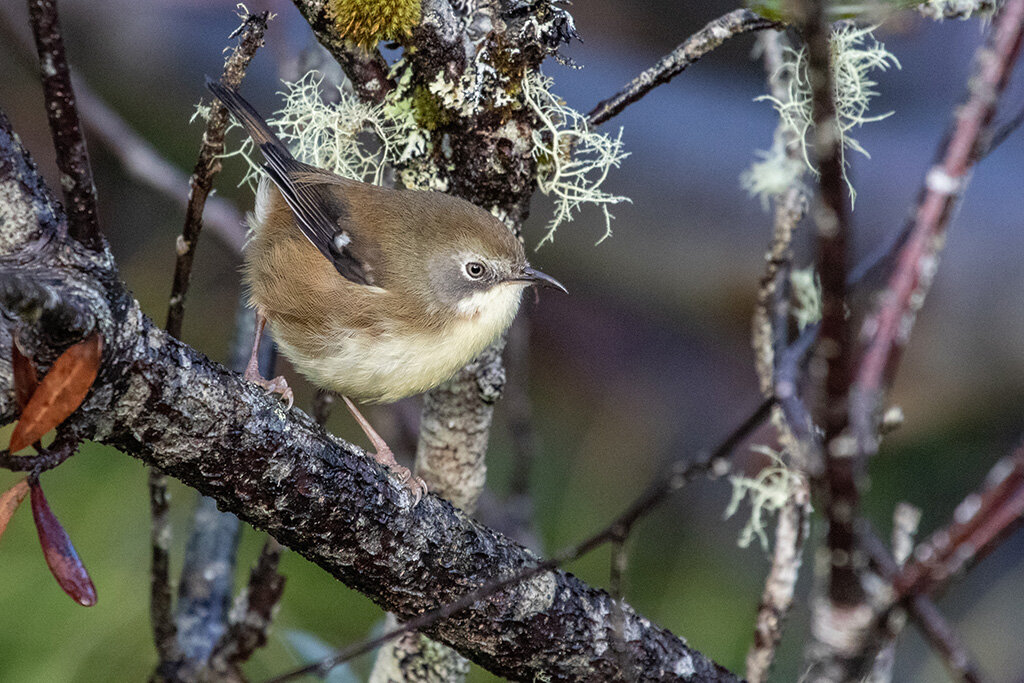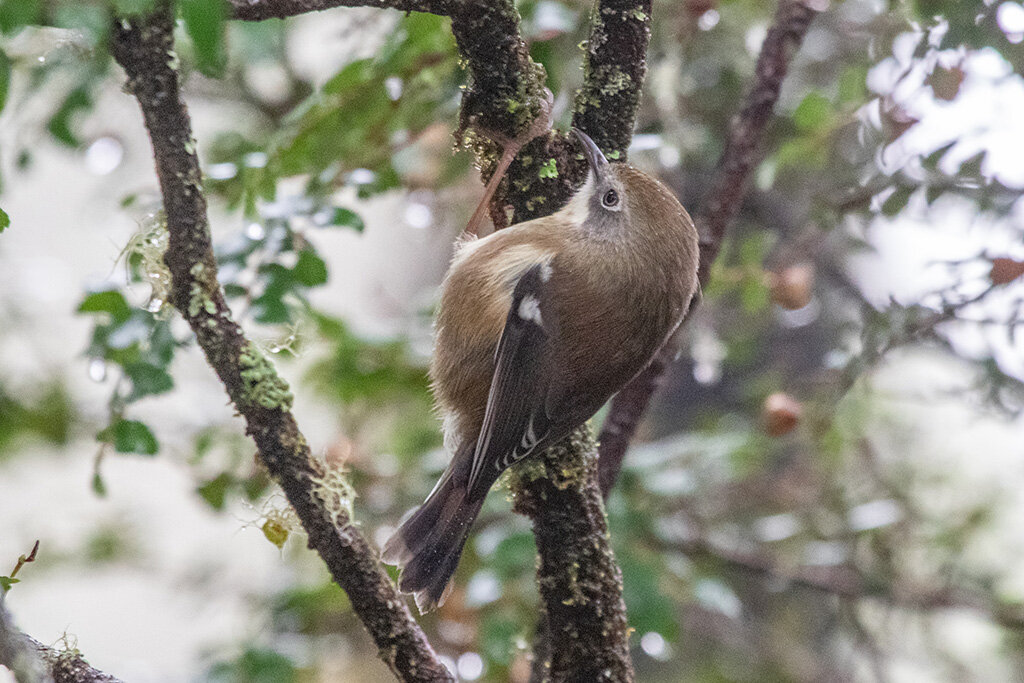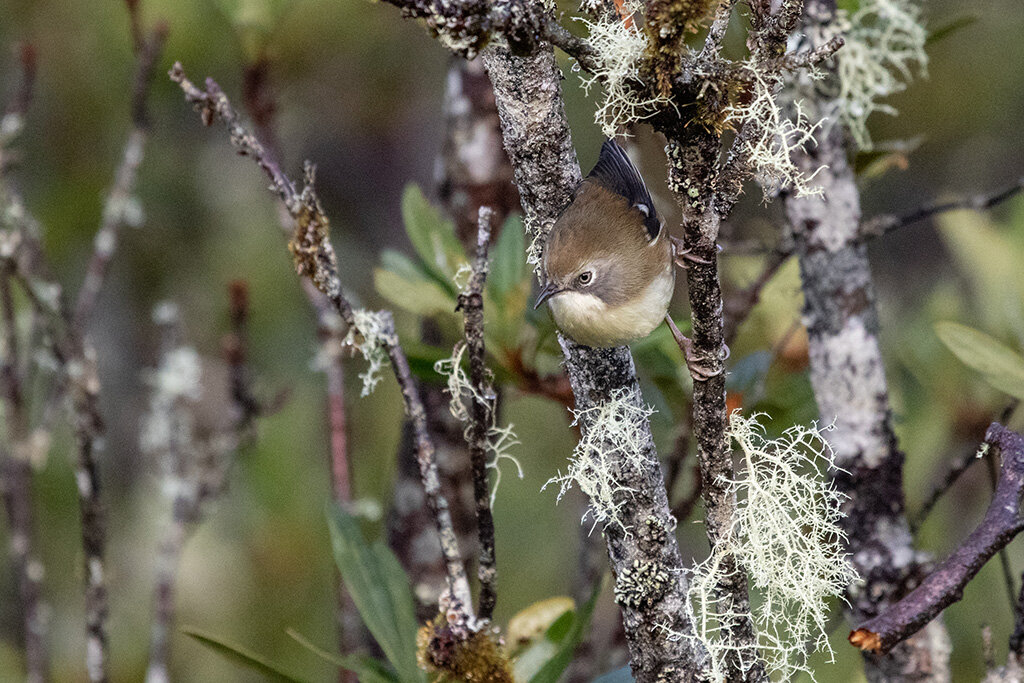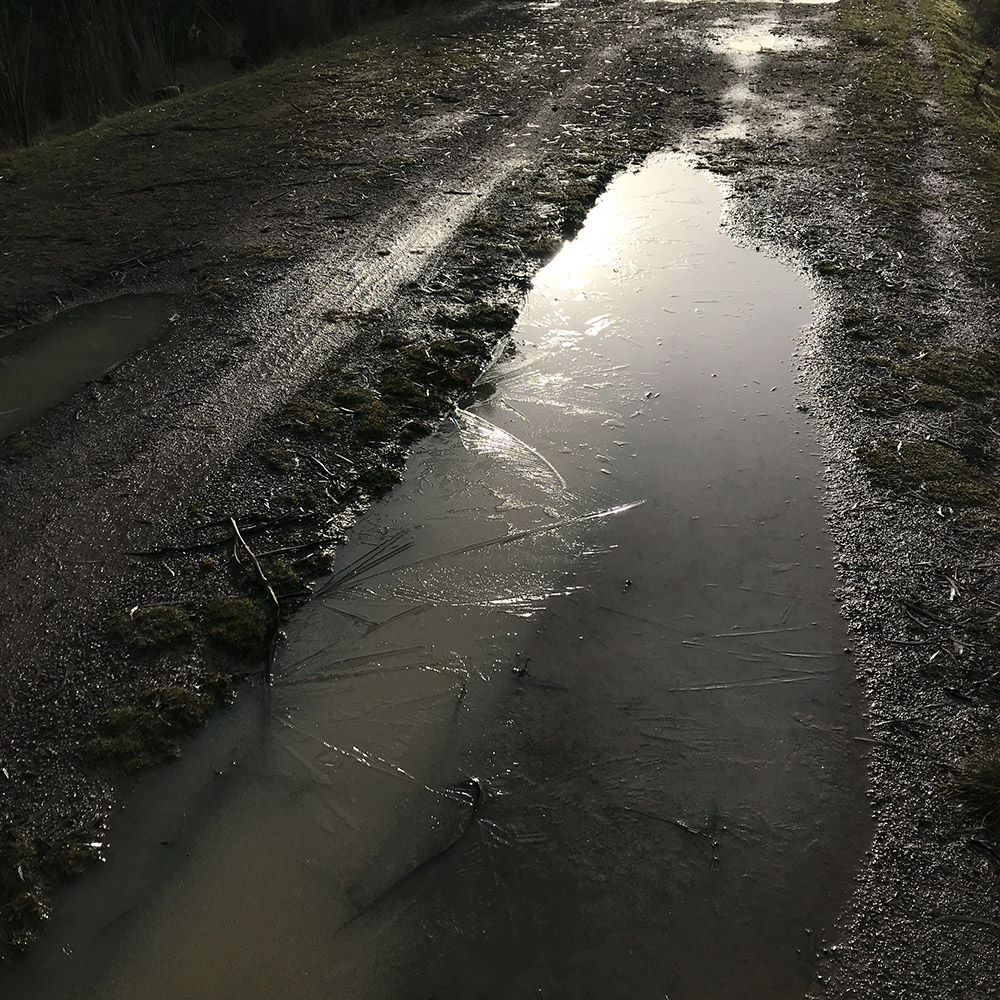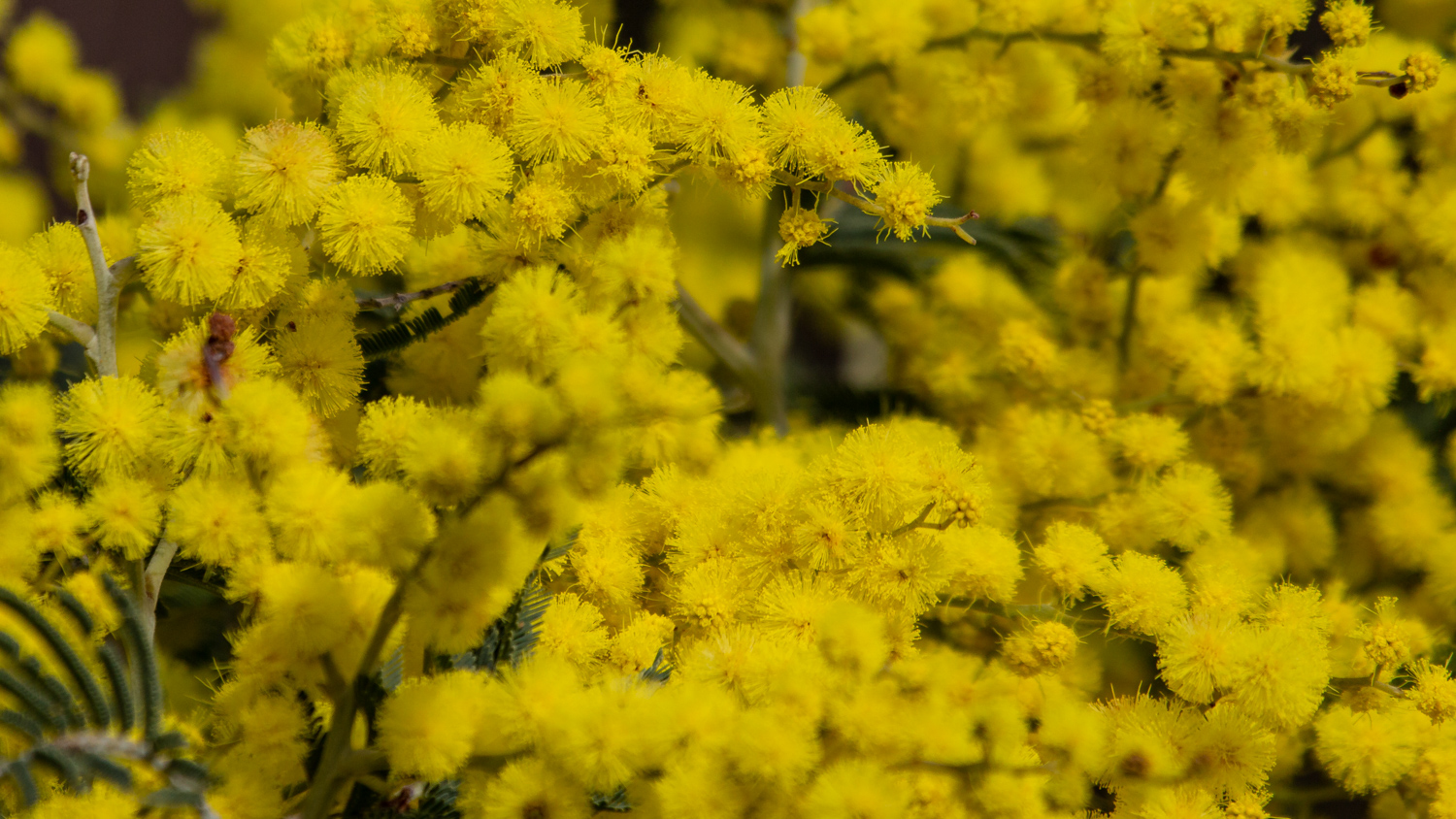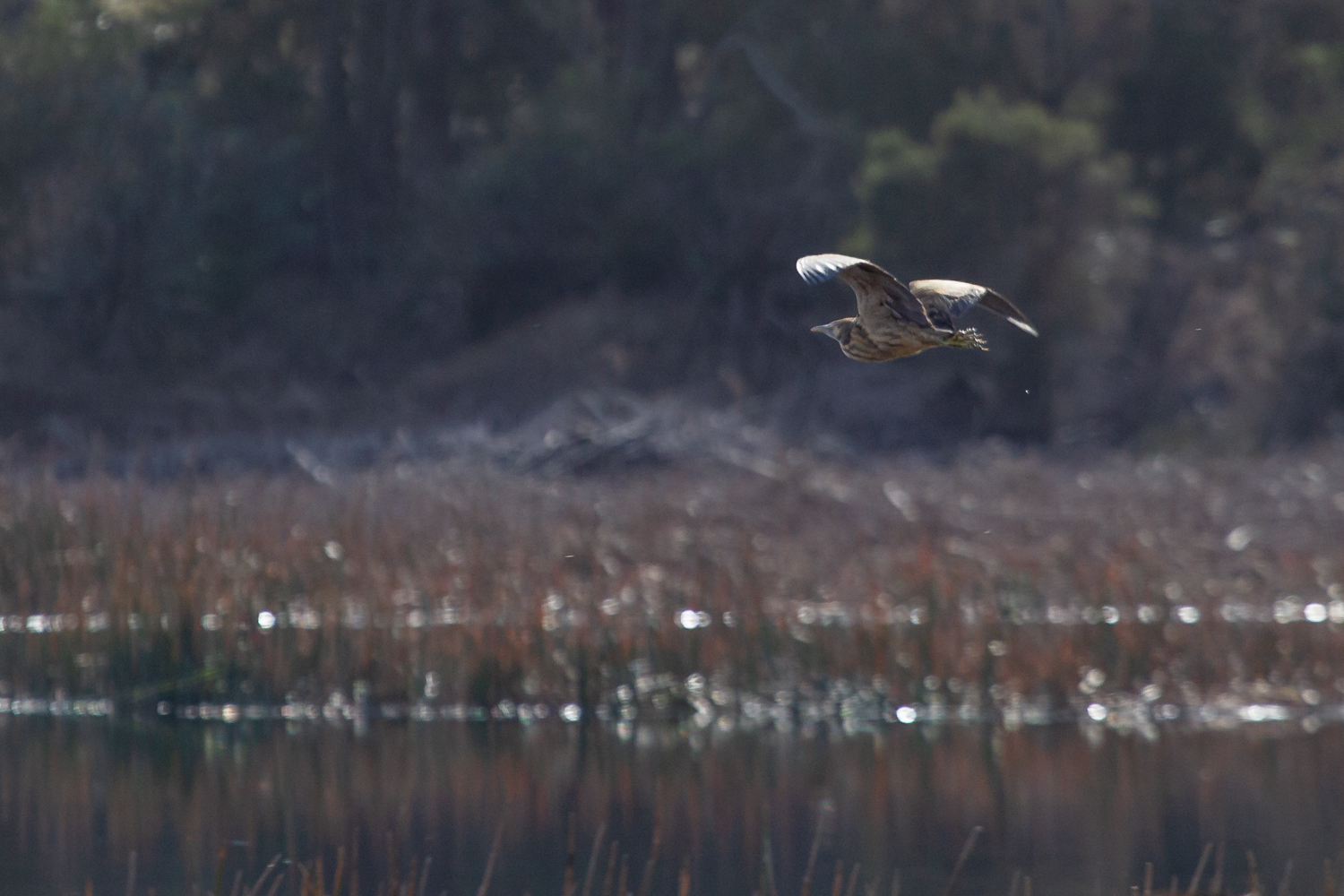I love all birds… I really do. But there is something special about birds that are range-restricted, endemic, and highly specialised. Make that bird the only one of its kind - you know, like belonging to a monotypic family or genus - and to me, that bird becomes truly, truly exceptional.
In Tasmania, one gets to see endemic species (12 on the island), species that are “near-endemics” in that they breed only on the island (but may disperse elsewhere), and as on most islands, endemic subspecies of the species that are also found on the mainland. Tasmania’s habitats, too, are pretty unique and in many ways unlike the habitats found elsewhere in Australia. In general being colder, wetter, and denser. However, rather surprisingly (at least to me), many of Tassie’s endemics seem to do pretty well even outside these “typical Tassie habitats”.
But one bird stands out; and as you have probably already guessed from the title, it is the Scrubtit Acanthornis magna. Found almost exclusively in cool, temperate, moist forests as well as in alpine heath - it occupies some of Tasmania’s most unique landscapes. And there’s nothing else like it. Split from their closest cousins (the whitefaces) millions of years ago, it now the only member of the genus Acanthornis.
They are generally tough to observe and quiet; and even when they vocalise, many people are not able to discern their soft, high-pitched contact calls in the field. None of this is helped by their habit of hanging out in dark, shady gullies where light is low and foliage is plenty. They also appear surprisingly small, although with some patience and care, one can get amazing views of these unobtrusive little birds as they forage carefully on trunks and barks of man ferns, mossy trees, and tangled vegetation - in a manner that resembles something like a cross between a nuthatch, a treecreeper, and a tit.
Naturally, given how cool this bird is, I have become a bit obsessed with it. I spend inordinate amounts of time thinking about it (avg. 2.4 hours a day over the past month… yes, I calculated), seeking out its habitats (which almost always turn out to be top notch, good quality Tasmanian forests), trying to record its seldom-heard vocalisations, and watching it go about its business in a manner that befits the species’ reclusive nature. It’s a thrill to see it; and in my opinion (as on this date), it is probably the best Tasmanian bird out there!
I recently spent some time watching a few of these birds at Cradle Mountain, managing some photos and a recording I was quite pleased with.
